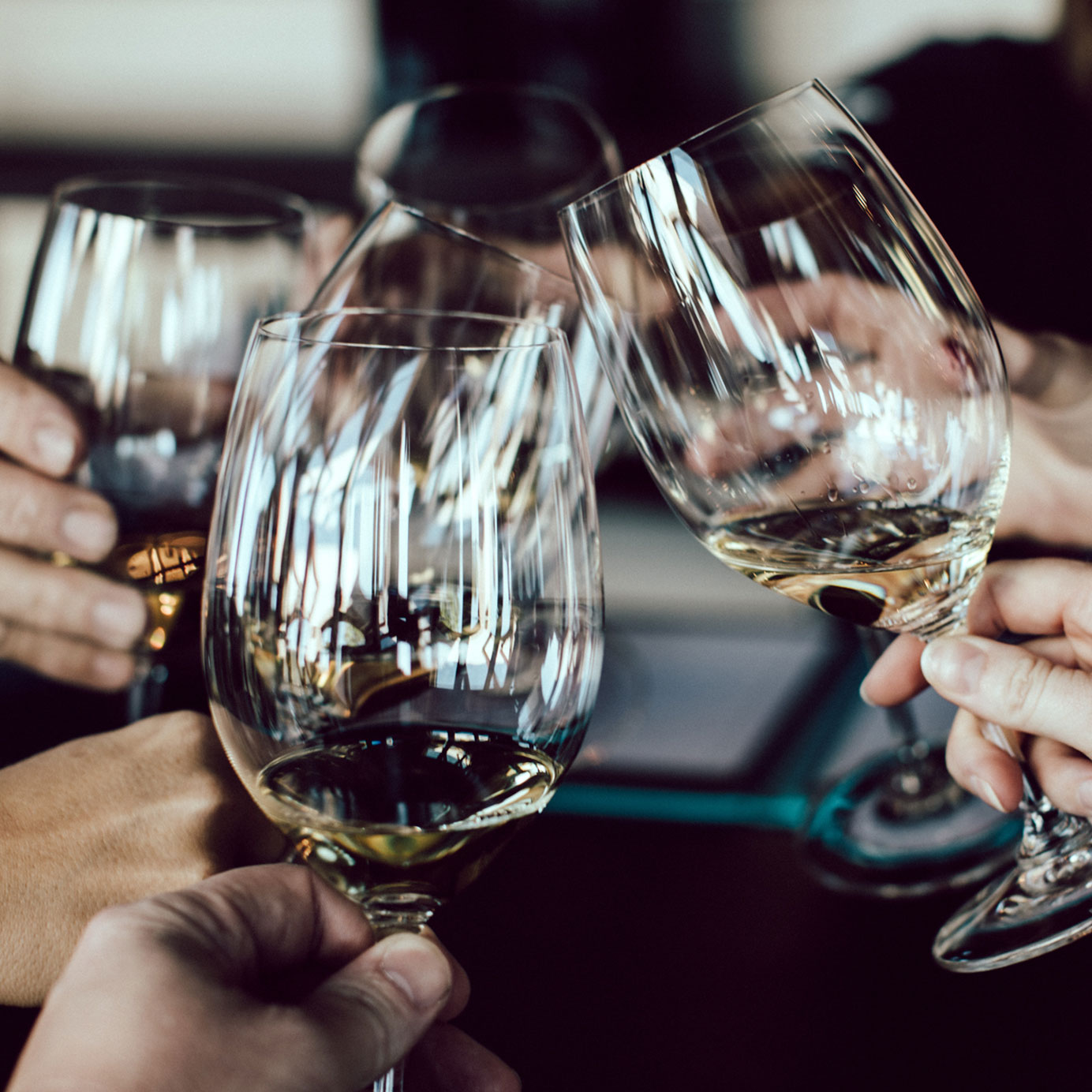With the season of heavy imbibing behind us, many find ourselves aiming to cut back on something (anything). It’s the perfect time to explore low-alcohol wines.
“Sessions,” a term often used in the beer industry, describes an alcoholic beverage with lower-than-industry-standard alcohol by volume (ABV). Wine ABV can range anywhere from 5 to more than 20 percent, with an average of 11.5 to 13.5 percent.
Whatever your size, age, consumption pace, medications, and physical and mental health, if you’d like to decrease your alcohol intake, sessionable wines are ideal. Here’s the math: You can drink more low-ABV wine to the same effect as one glass of high-ABV wine.
In regular conversation, like with a sommelier or someone at a wine shop, sessionable or “low”-alcohol wines means approximately 12-percent-and-under ABV for whites, and 13-percent-and-under ABV for reds. Those 15 to 16 percent Shirazes and Zinfandels you see on the shelf are high, very. And under-10-percent-ABV wines are low, very.
Expect pauses or eye-rolling if you lead with, “I want a low-ABV wine,” though, because alcohol content varies by vintage.
Grapes develop sugar content while they ripen. The more time they spend on the vine, the more sugar develops. Sugar is converted into alcohol in winemaking, so, to put it plainly, more sugar means more alcohol.
To make traditional sparkling wines, on the other hand, winemakers pick grapes early, when sugar is low, and add sugar in fermentation to balance acidity. Balance is everything.
“It’s hard to grow grapes that are excellent and balanced in ripeness and sugar levels that are that low in alcohol,” Andy Chabot, sommelier, The Barn at Blackberry Farm, says.
That’s part of why finding delicious low-ABV wines can be a challenge.
“Great wines display amazing, long balance,” Chabot says. Under his direction, The Barn added about 150,000 bottles to its now-166,000-bottle collection, and won the James Beard Award for Outstanding Wine Program in 2015. “Some grapes can taste fully balanced and ripe at lower potential alcohol levels. Some can’t,” Chabot says.
Some that can include Chardonnay, Grüner Veltliner, Melon de Bourgogne, Riesling, and Trousseau, also known as Bastardo.
Climate and style affect ABV, too. Generally, cooler temperatures mean less sugar. That’s northern Europe- or Carneros-level cool, by the way, not Antarctic.
If you want those professionals to take your search seriously, or to investigate on your own, start in regions known for producing lower-alcohol wines: Austria; France’s Alsace, Beaujolais, Jura, and Savoie; Germany; Val d’Aosta and other parts of northern Italy; Portugal’s Vinho Verde; Switzerland.
According to research published in the Journal of Wine Economics, the reported* and actual alcohol content of most wines has significantly increased over the last decade.
A fraction of this increase can be attributed to climatic changes, says Karl Storchmann, economics professor at NYU and Journal editor. “Statistical analyses suggest most is due to producer practices in the vineyard and cellar,” Storchmann says.
This is awful news to many because it’s incompatible with the romance of fine wine, reducing it to a manipulated, industrially produced commodity. That said, rumor has it that some producers are thinking of ratings, not nature, while they work.
“Alcohol adds weight and viscosity and increases the perception of tannin. Combined with the dark sweet characteristics you get with really ripe fruit, it gives you the character of ‘big flavor,’” Kerrin Laz, vintner and owner of K. Laz Wine Collection, a wine shop and 500-bottle tasting room in Yountville, Calif., says.
We don’t have anything against big flavor or the high ratings it may inspire, but we’re fans of wines that complement, rather than conquer, food.
“Wines over 15.5 percent do pack a wallop that can be overwhelming,” Chabot says. Alcohol is only one part of a wine. “Balance is what matters,” he says.
Broadly, Chabot’s lower-alcohol go-tos include: Chardonnays from France’s Chablis region, spätlese-level Mosel Rieslings, Trousseau wines from Santa Barbara, Calif., and Arbois, France; Mencia wines from Spain’s Bierzo region; and Apremont wines from Switzerland.
Let the sessions begin.
* U.S. law permits a 1.5 percent variance from ABV printed on the label for wines 14 percent and lower, and a 1 percent variance for wines over 14 percent ABV.
Four Low-ABV Wines to Try
We asked Chabot and Laz to recommend some of their favorite low-ABV wines. Here are four of their picks.
J.J. Prum Wehlener Sonnenuhr Riesling Spätlese, Mosel. 7.5% ABV. Chabot is partial to the 2004, but says that more current vintages, such as 2015, are also strong. Average price: $60 (2004) and $42 (2015).
Dirk Niepoort Dócil Vinho Verde 2016. 11% ABV. Average price: $11
Scribe Winery St. Laurent, Ricci Vineyard, Carneros. 11.5% ABV. Average price: $38
Matthiasson Lagrein, Lone Pine Vineyard. 11.8% ABV. Average price: $40
